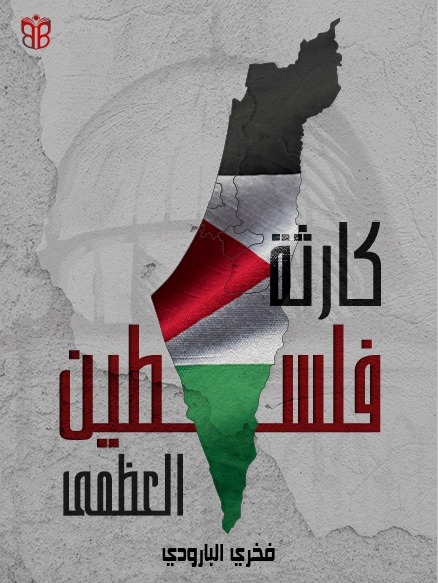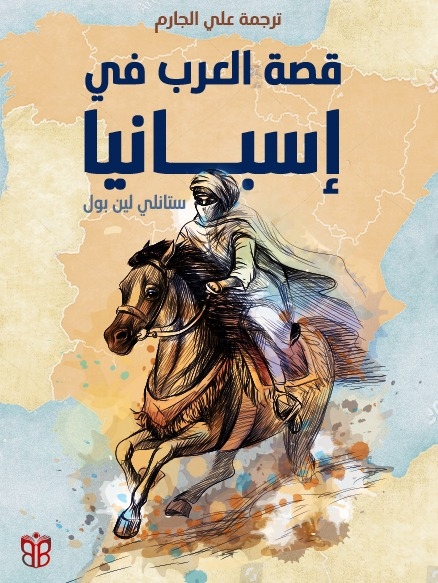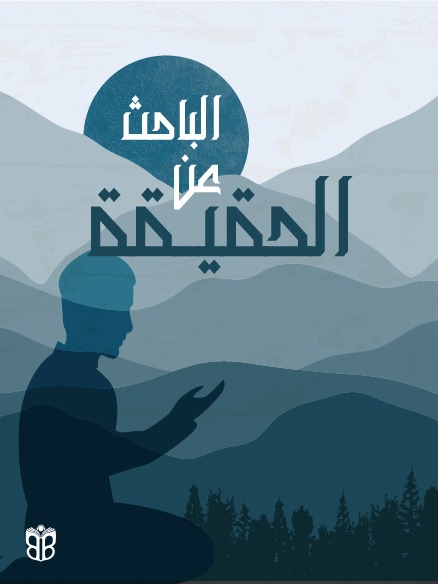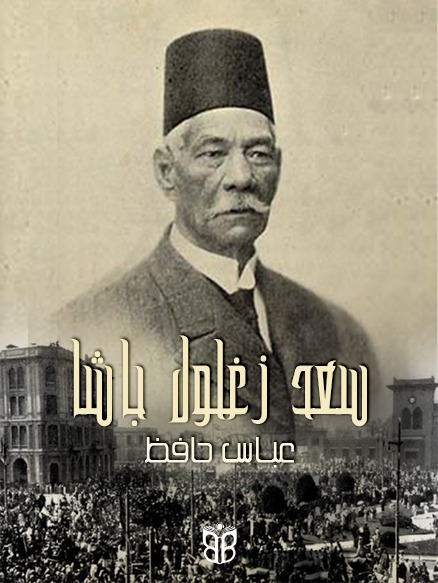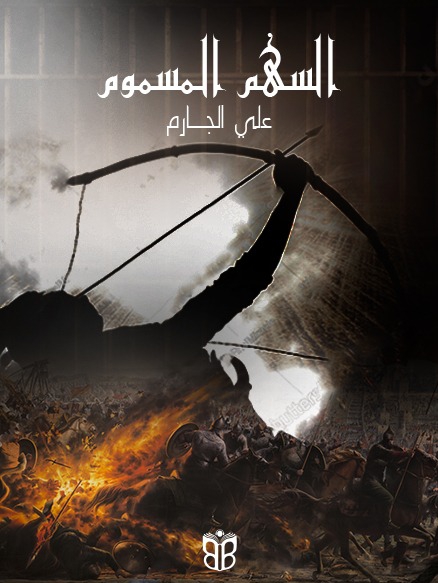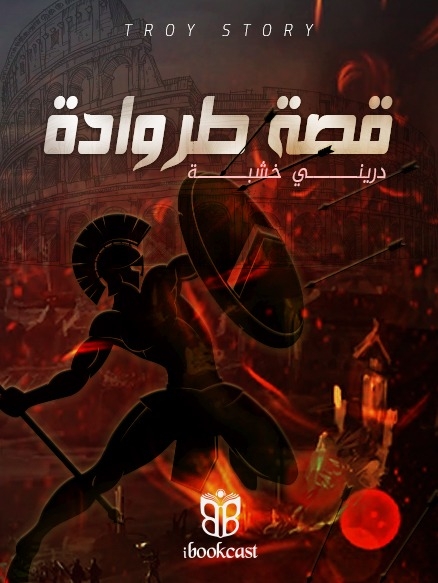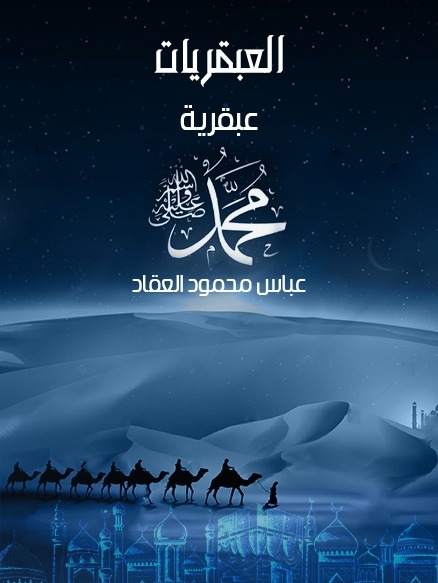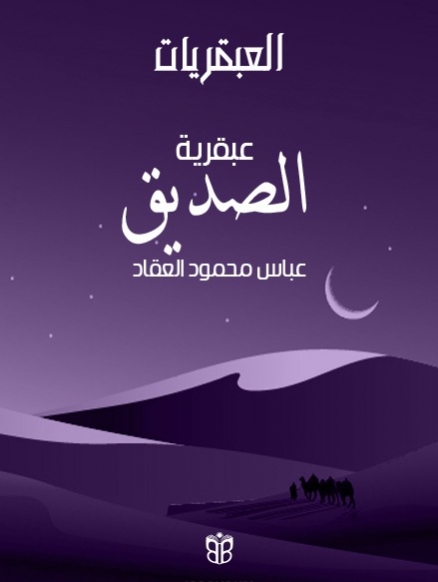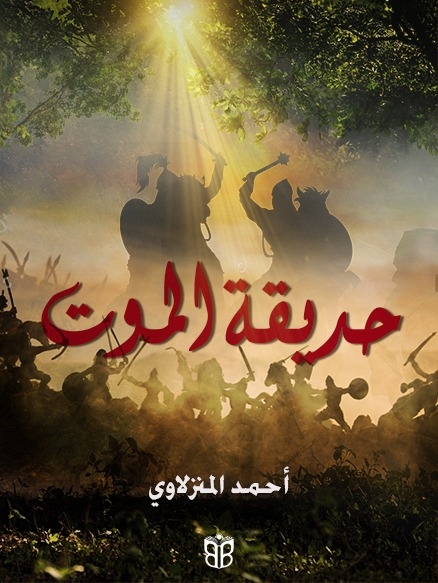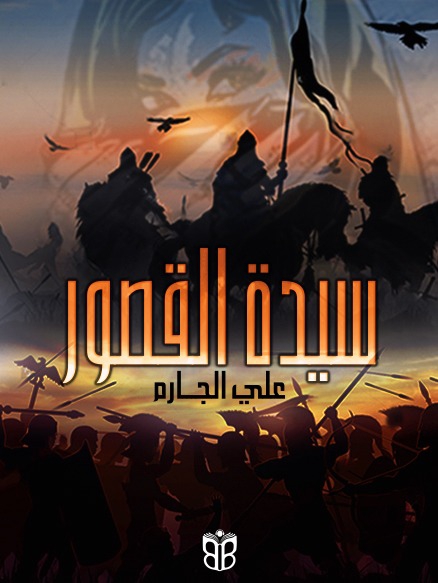كتب تاريخى
يُعد تصنيف التاريخ من الأدوات المنهجية التي يعتمد عليها المؤرخون لتنظيم الوقائع والأحداث الزمنية وتحليلها وفق معايير موضوعية تساعد في فهم تطور المجتمعات البشرية عبر العصور، ويعتمد هذا التصنيف على تقسيم التاريخ إلى فترات زمنية محددة مثل العصور القديمة، العصور الوسطى، العصور الحديثة والمعاصرة، حيث يتم دراسة كل مرحلة في سياقها الزمني والثقافي والسياسي والاقتصادي، ويُستخدم التصنيف التاريخي أيضًا لتفكيك الأحداث حسب الموضوع، مثل تاريخ الحروب، تاريخ الفنون، تاريخ الفكر، وتاريخ العلوم، وهو ما يسهل على الباحثين والمتعلمين الوصول إلى المعلومات المطلوبة دون فقدان الرؤية الكلية للتطور التاريخي، ويُسهم هذا التصنيف في ربط الحوادث بالأسباب والنتائج، مما يعزز الفهم النقدي والتحليلي للماضي، كما يُستخدم في بناء المناهج الدراسية، وإعداد الأفلام الوثائقية، وتصميم المتاحف والمعارض التاريخية، ويساعد التصنيف التاريخي على إدراك العلاقات بين الثقافات والحضارات المختلفة، ويوضح كيفية تأثير الأحداث الكبرى في مجرى التاريخ العالمي، ومن خلاله يمكن مقارنة التجارب الإنسانية المختلفة واستخلاص العبر منها، ويعتمد هذا التصنيف على توثيق المصادر وتقييمها بدقة لتجنب التحيز أو التفسير الخاطئ، ومع تطور التكنولوجيا، أصبح من الممكن إنشاء قواعد بيانات رقمية تُصنف الوثائق والمخطوطات والأحداث حسب الزمان والمكان والموضوع، مما يُسهم في تسهيل البحث الأكاديمي وتوسيع نطاق الدراسات التاريخية، ولا يقتصر التصنيف التاريخي على تحليل الماضي فقط، بل يُستخدم أيضًا في استشراف المستقبل عبر فهم أنماط التكرار والتغير، وبهذا، فإن تصنيف التاريخ ليس مجرد ترتيب زمني للأحداث، بل هو إطار تحليلي شامل يساعد على تفسير التجربة الإنسانية وفهم حاضرنا في ضوء ما مضى. --- Historical classification is a methodological tool used by historians to organize and analyze temporal events and developments according to objective criteria that help in understanding the evolution of human societies across ages. This classification involves dividing history into defined periods such as ancient, medieval, modern, and contemporary eras, with each period studied within its cultural, political, and economic contexts. Historical classification also categorizes events thematically, such as military history, art history, intellectual history, and the history of science, which makes it easier for researchers and learners to access relevant information without losing sight of the broader historical progression. This classification aids in connecting events to causes and consequences, thereby enhancing critical and analytical understanding of the past. It is used in the construction of educational curricula, production of documentaries, and design of historical museums and exhibitions. Historical classification allows for the exploration of relationships between different cultures and civilizations and illustrates how major events have influenced the course of global history. Through this system, various human experiences can be compared and valuable lessons extracted. The classification relies on accurate documentation and critical evaluation of sources to avoid bias or misinterpretation. With technological advancements, digital databases have been developed to categorize documents, manuscripts, and events by time, location, and theme, which supports academic research and broadens the scope of historical studies. Historical classification is not solely about analyzing the past—it is also used to anticipate the future by understanding patterns of repetition and change. Thus, historical classification is more than just chronological ordering; it is a comprehensive analytical framework that helps interpret the human experience and understand our present in light of the past.
